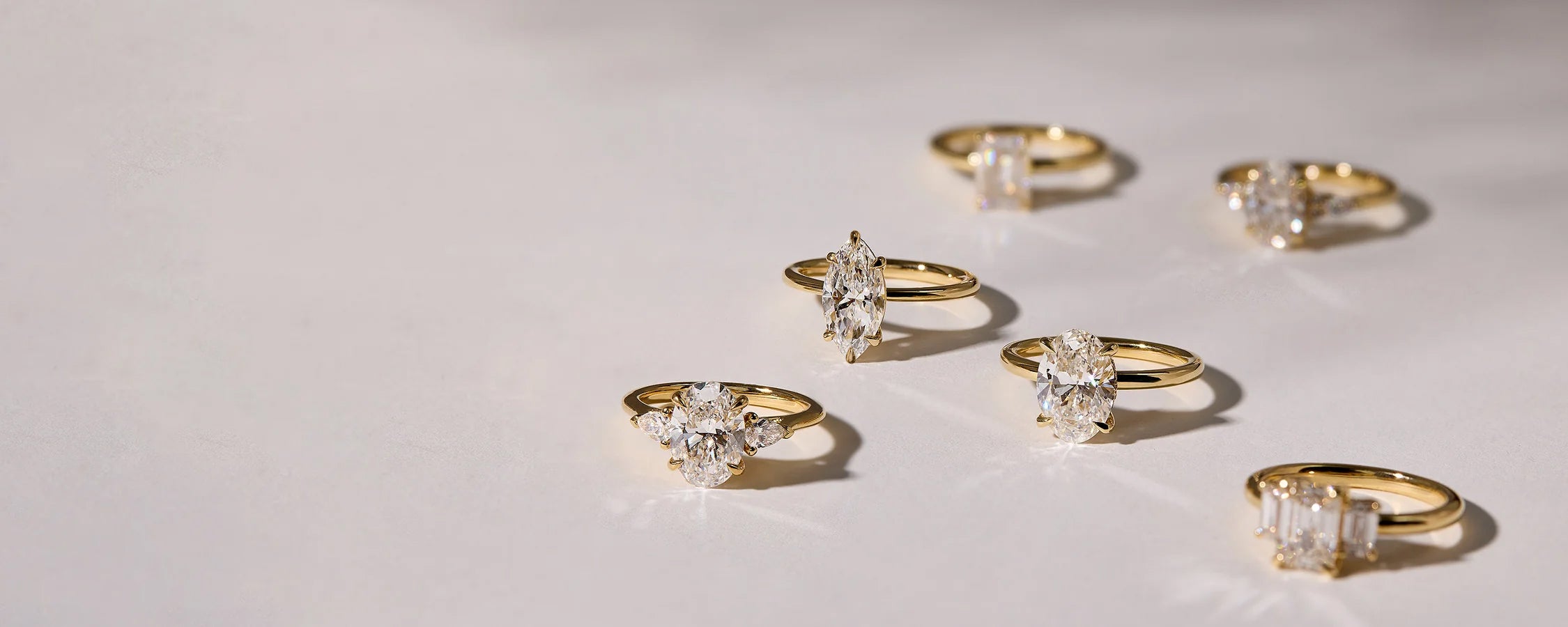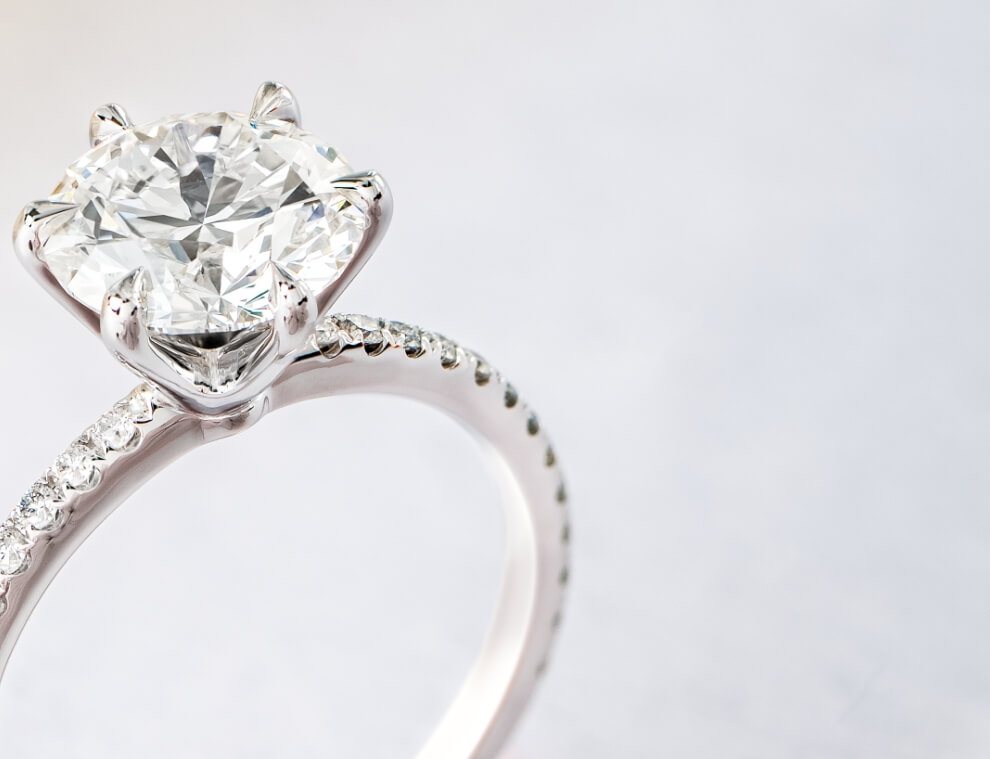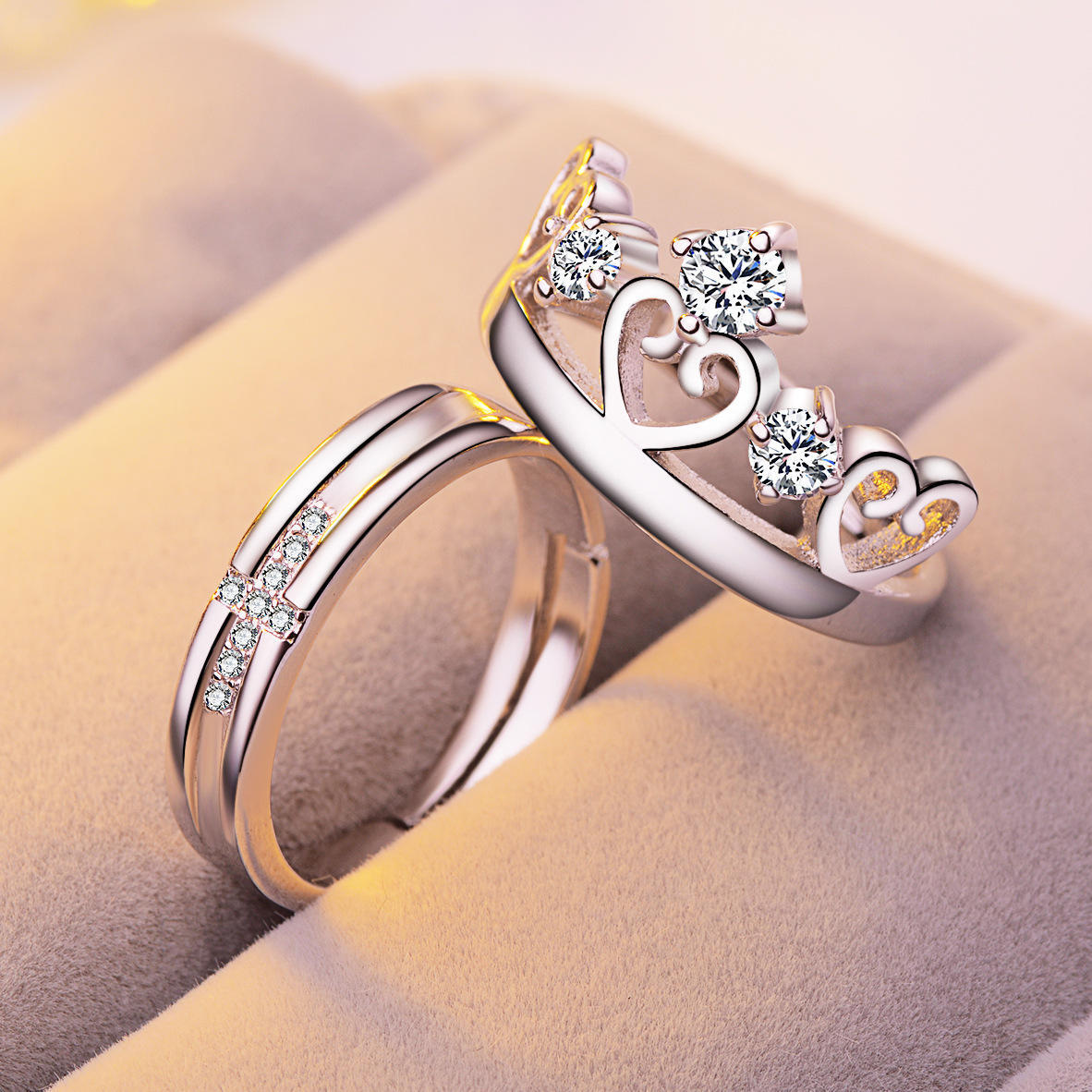In recent years, lab-grown diamonds have emerged as a major game changer in the world of luxury jewelry, gaining popularity among consumers and jewelers alike. These diamonds, created through advanced technological processes, are chemically, physically, and optically identical to natural diamonds but offer several compelling advantages. Here’s why lab-grown diamonds are considered better by many:
1. Environmentally Friendly
One of the most significant advantages of lab grown diamonds are better is their environmental impact. The mining of natural diamonds can lead to deforestation, loss of biodiversity, and disruption of ecosystems. The process of extracting diamonds from the earth requires massive amounts of energy and resources, which often results in environmental degradation.
In contrast, lab-grown diamonds are produced in controlled environments, using either High Pressure High Temperature (HPHT) or Chemical Vapor Deposition (CVD) methods. These processes have a much smaller carbon footprint and require far less land disturbance. Consumers who are conscious about sustainability can feel confident that by choosing lab-grown diamonds, they are making a more environmentally responsible choice.
2. Cost-Effective
Lab-grown diamonds are typically 20% to 40% less expensive than their natural counterparts. The lower cost is primarily due to the fact that they don’t require the expensive and resource-intensive process of mining. Instead, these diamonds are grown in labs using cutting-edge technology, reducing the overall production cost.
This price difference allows consumers to purchase a larger or higher-quality diamond for the same price as a smaller or lower-quality natural diamond. Whether for an engagement ring, earrings, or a necklace, lab-grown diamonds provide a more affordable way to acquire a beautiful diamond piece without compromising on quality.
3. Ethical Considerations
The diamond mining industry has been associated with various ethical concerns, particularly in regions where “blood diamonds” or “conflict diamonds” are extracted. These diamonds are often mined in war-torn areas, funding violent conflicts and exploitation.
Lab-grown diamonds, however, do not have the same ethical issues. Since they are created in laboratories and not mined, there is no concern about the human rights abuses or funding of violence that are sometimes associated with natural diamond mining. This transparency and ethical production make lab-grown diamonds an attractive choice for consumers who prioritize responsible sourcing.
4. Identical to Natural Diamonds
While the origins of lab-grown diamonds differ from those of natural diamonds, their physical, chemical, and optical properties are identical. Both types of diamonds are composed of pure carbon and exhibit the same hardness (10 on the Mohs scale), brilliance, and fire. To the naked eye, they are indistinguishable from natural diamonds.
Lab-grown diamonds can even be examined by gemologists using specialized equipment to verify their origin. They are graded on the same 4Cs as natural diamonds (carat, cut, clarity, and color), ensuring they meet the same high standards of quality and beauty.
5. Transparency and Traceability
Lab-grown diamonds offer consumers greater transparency and traceability. When purchasing a lab-grown diamond, customers can easily obtain detailed information about the diamond’s creation process, including the method used to grow it and the conditions under which it was produced. This level of transparency is far more difficult to achieve with natural diamonds, where the supply chain can be opaque and murky.
Furthermore, many lab-grown diamonds come with certificates that outline their specific characteristics and grading, providing customers with peace of mind about the authenticity and quality of the product.
6. Innovation and Customization
The lab-grown diamond industry continues to evolve, offering more opportunities for innovation. Since they are grown in a controlled environment, scientists can experiment with different processes to create diamonds with unique colors, sizes, and shapes. This opens up more possibilities for customization, allowing consumers to create personalized pieces that reflect their individual tastes.
Moreover, lab grown diamonds can be produced in various sizes, making them ideal for a variety of jewelry designs. Whether for a bold statement piece or a delicate solitaire ring, lab-grown diamonds provide unmatched flexibility and choice.
7. Longevity and Durability
Like natural diamonds, lab-grown diamonds are incredibly durable and resistant to scratching, making them perfect for everyday wear. Whether as an engagement ring or part of a jewelry collection, lab-grown diamonds will retain their beauty and luster for a lifetime, just like natural diamonds.
8. Growing Popularity and Acceptance
As awareness and acceptance of lab-grown diamonds continue to grow, more consumers are embracing them as a viable alternative to mined diamonds. Major jewelry brands, including those traditionally focused on natural diamonds, have begun offering lab-grown options to meet consumer demand. Additionally, celebrities and influencers have been spotted wearing lab-grown diamonds, further normalizing their place in the luxury jewelry market.
Conclusion
Lab-grown diamonds offer a host of benefits, from their environmental sustainability and affordability to their ethical advantages and indistinguishable quality. For the modern consumer who values both luxury and responsibility, lab-grown diamonds are quickly becoming the preferred choice. As technology continues to advance, the future of lab-grown diamonds looks even brighter, promising an industry that is both beautiful and responsible.
Choosing a lab-grown diamond doesn’t mean compromising on quality. It simply means making a smarter, more sustainable, and ethical choice.





